Patrick O’Brian’s Master and Commander is difficult to get into. The language can be daunting, the point of views change, and there’s enough naval terminology out there to sink a reader’s interest before it even gets launched. Yet, as I started to craft the HMS Sophie from a hunk of limewood (a fiction of a ship, and Jack Aubrey’s first commission), I realized that I might actually be enjoying the book.
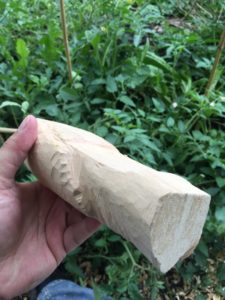
Carving the ship as opposed to doing something saner (like planking) is rather like reading Master and Commander over, well, literally anything. This is a novel you must tackle slowly, chipping away at the rough edges. Yet, somehow it is quite relaxing. I found myself, thanks to O’Brian’s attention to detail, wonderful characterizations, and obvious love of the subject, wistfully daydreaming about Gibraltar and learning about Gunwales and Mizzenmasts alongside the good Doctor Maturin.
And the last point, is where we find the real charm. O’Brian transports us back in time so effectively, because he has written a book that can be read by a contemporary of the characters. He’s not interested in explaining, but just shewing us the epoch in its bare and gritty essentials. It is because of this that the piece comes across more of a classic novel, than a work of historical fiction.
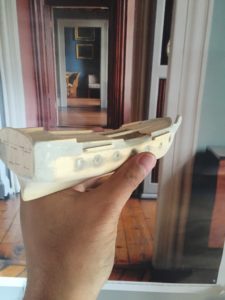
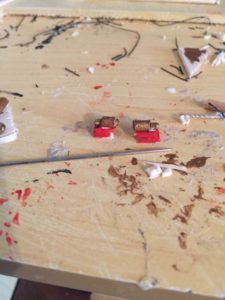
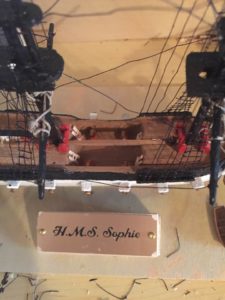
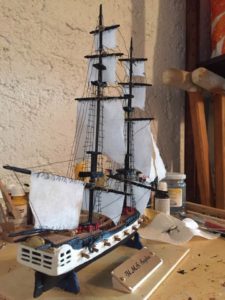
Towards the end I had built the HMS Sophie, using plans from the HMS Vincejo (a formerly Spanish ship like the Sophie), and the HMS Speedy (of which the story is loosely based on). I never wanted to build model ships before, could never picture myself spending months upon months carving the details. But as I am about to begin on another novel in the Aubrey-Martin series, I realize that my new hobby was secondary to what O’Brian had inspired; a love of his work.



Leave a Reply